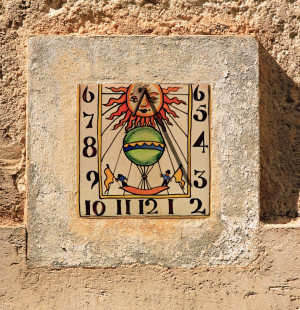The Amalfi Coast & Villages - Example
7 Nights
The Amalfi Coast – A short history
The Amalfi Coast and its surrounding region of Campania has been inhabited since very early times. Pre-historic Palaeolithic and Mesolithic utensils and tools have been found in the La Porta cave at Positano, indicating that mollusc gathering was an important activity to early inhabitants.
Under a united Italy
Politically the unification was a great success for the region of Campania, however, economically they were back in the doldrums, being heavily taxed by the government, with little support for local industry. Some of the ‘new’ industries failed to thrive as a result and specialist agriculture along the coastal parts of the region became the only commerce of note.
The coast, popularised by the ‘Grand Tour’ visitors, became an increasingly popular haunt of expat artists, writers and musicians. Although this coastline has always captivated and inspired artists, from C14th writer Giovanni Boccaccio to C19th composer Richard Wagner and C20th playwright Tennessee Williams.
World War II and after
The region suffered badly during WWII, when the Allies bombarded the coast in preparation for an Allied landing in 1943. 55,000 troops landed between Sorrento and Paestum, meeting with fierce resistance from the Nazis. For months the struggle continued resulting in the siege of Monte Cassino, which left the monastery a heap of rubble. The Nazis sacked and burnt as they retreated, causing huge amount of malicious damage, and the months before the region was finally liberated in 1944 saw bloody massacres as fierce bands of guerrilla fighters in the mountains put up internal resistance against the Nazis.
Campania became part of the Italian Republic which was established in 1946. Despite having been ravaged by war, Italy managed to rebuild itself to the extent that by the 1960s, as a member of the European Community she had become one of the world’s leading industrialised nations. Campania itself, crippled by poverty, was slow to recover. The region’s Mafia-like organisation the ‘Camorra’ hindered progress.
The popularity of the coastal region was given a real boost, however, in the 1950s by the publication of American author John Steinbeck’s book ‘Positano’.
In November 1980 disaster struck when the region was at the centre of a massive earthquake, which caused huge devastation and loss of life. This set the region back further into economic hardship, particularly as it was later uncovered that 50% of the aid provided by the Italian government and from foreign aid was skimmed off by corrupt politicians and the Camorra.
Fortunately, great progress was made in the 1990s with the arrival of a new regional government and mayor in Naples. A programme of investment in the restoration of the region’s monuments and heritage saw old museums rejuvenated and new ones created. The government also declared war on corruption and criminality and Naples was transformed from a depressed city into a thriving, vibrant centre of culture.
Italy’s problems with corrupt politicians and organised crime run deep, and the waste management crisis which reached its peak in Naples in 2008, hitting the international media is thought to have had the Camorra at its heart. New arrangements which involve shipping rubbish to the Netherlands and plans for incinerators and better recycling have brought the region back from the brink of a potentially overwhelming issue.
Modern day Campania
Agriculture and viticulture are important on the fertile coastal lowlands, where alongside fruit and vegetables, tobacco and hemp are also grown. Greenhouse-grown flowers are now widely grown also, and the region produces 50% of Campania’s wines, thanks to an improvement in quality. Fishing is important in the Bay of Naples – centred on the ports of Procida and Torre del Greco. Naples and Salerno are also home to some industry – including metallurgy, chemicals, machinery and tools, textiles, canning, flour milling, tobacco and pasta manufacture as well as shipbuilding. Tourism is also vitally important to the region, and this helps to support local handicrafts such as leather and lace work.

Emergency Contacts
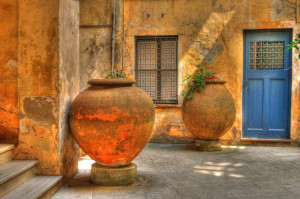
Accommodation Contacts
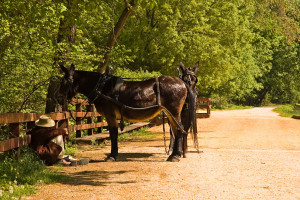
Taxis
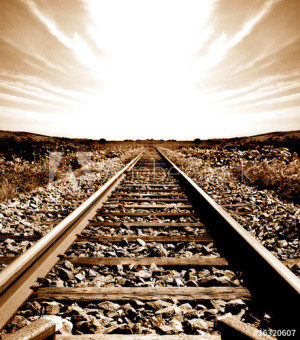
Travel Info
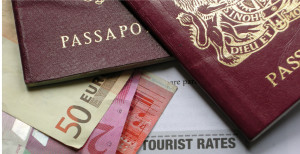
Practicalities
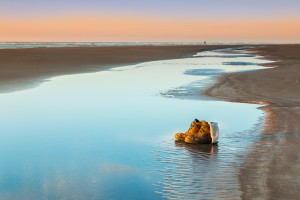
About Your Holiday

Walk Safely
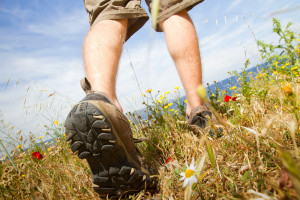
Walking Grades
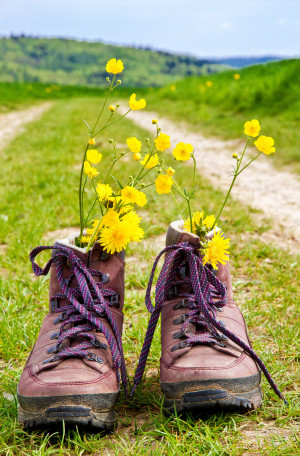
How to use our walking notes
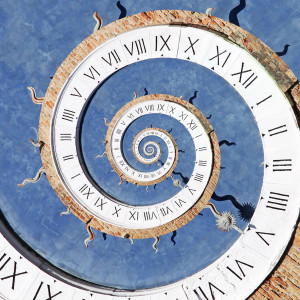
GPS Navigation
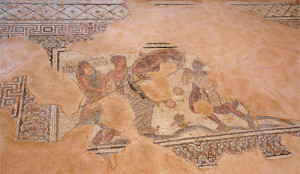
The Amalfi Coast – A short history
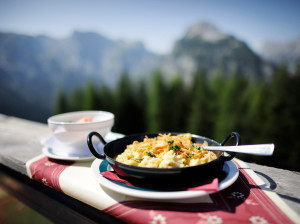
Food & Drink
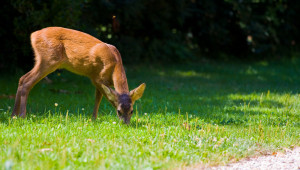
Flora & Fauna
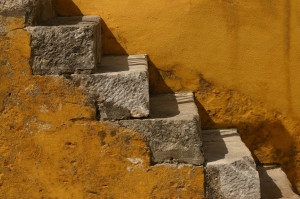
Local Landscape & Architecture
